Ryan K. Lindsay has made that fabled journey from comic-critic to comic-writer, balancing both aspects of his writing neatly as he launches new books at both Monkeybrain Comics and Sequart. With his newest series now announced – Headspace, a Prisoner-esque mindtrip of a story which throws absolutely everything at the lead character – Ryan was kind enough to talk to me about his various writing projects.
If 2013 was a big year for him, then it looks as though 2014 is going to be even bigger. For this interview we start with his various projects which have already been released, before heading to the present, and finally to the future. There’s a lot to talk about!
Steve: On your website you list all the writing you did in 2013, and how it’s grown on previous years. What were the highlights of your 2013?
Ryan: 2013 certainly was a banner year. It kicked off strong with FATHERHOOD, a DIY book I did through Challenger Comics with Daniel Schneider, Paulina Ganucheau, and Brandon DeStefano. It’s a one-shot about a father trying desperately to keep his estranged daughter in his life. It’s a personal tale and I was immensely humbled to be able to launch it at ECCC in Seattle and see it sell so well and receive such praise and positive reviews.
This followed up with the MY LITTLE PONY: MICRO SERIES #2 issue about Rainbow Dash, which was an insane experience to work on. It sold in the Top 100 for the month (something I won’t do again for years/ever). It got great reviews and was so much fun to make with Tony Fleecs.
I got to release a book of essays about my favourite character in all of literature: Matt Murdock. Sequart published THE DEVIL IS IN THE DETAILS: EXAMINING MATT MURDOCK AND DAREDEVIL wherein I and a slew of smarter people than me analysed Daredevil and his world. This was a literal dream project for me and a book I’ll always love.
I wrote a short story for the Australian HOME BREW VAMPIRE BULLETS anthology called THE MANY HAROLD HOLTS OF SPACE AND TIME and was lucky enough to get local legend Louie Joyce to illustrate it and I honestly believe it’s one of the best things I’ve ever been a part of. This story is short but feels so tight and perfectly wound.
But the greatest honour and highlight was probably getting HEADSPACE, a book I’m doing with Eric Zawadzki, Chris Peterson, and Marissa Louise, greenlit at Monkeybrain Comics. This is another dream gig come true and I consider myself the luckiest guy around getting to work with this publisher with this creative team. They’re carrying me on their shoulders into 2014.
Steve: One of the comics you were involved with this year was Ghost Town, from Action Lab, in which you wrote the arc from issues 2-4. How did you get involved with the series?
Ryan: The series came from an idea Rob Ruddell had and then kicked around with Dave Dwonch. I had just done a short with Daniel J Logan who they were talking to about illustrating the book and he mentioned me as a writer. I had already been talking with Dave about doing something at Action Lab so this became the perfect project to make the magic happen on.
Steve: Coming on after the first issue, what were your goals for the story? You’ve read the first issue, and now you’re getting involved yourself – could you see areas you wanted to build on, and then proceed to do just that?
Ryan: I came onto the project very early, before the first issue was written, so I became part of the brain trust that broke the entire story up, expanded the concept, and developed the cast – which was an awesome experience. Rob and Dave were great at letting me have input and take control of certain areas. My goal for this 3 issue story was to create something that used the concept in a way that built a character, and world, from that energy. I wanted my story grounded, I wanted to care about our lead. I also wanted to seed enough ideas and extra bits that there’s more to play with later.
Steve: Since you came on the series, you’ve expanded the cast of characters and jumped straight into writing this as a full-blown noir. Is noir a genre which has always appealed to you?
Ryan: Yeah, I dig downbeat endings. I don’t even know why, I think it’s just that inevitability of it all. You see it coming but you can’t look away and you have to know how exactly it’ll go down. It brings out the extreme best and worst of characters.
Steve: Near the top of the year you released a one-shot called Fatherhood, with Daniel Schneider. Again, this feels like a noir, but filtered in a very different light to Ghost Town. Where did the story come from?
Ryan: FATHERHOOD was very much me using writing as therapy. Since becoming a father 3 years ago, I’ve been processing this monumental change in my world every day. I love being a father but I can see where the job gets hard, and where it has irrevocably changed me. I took those internal seeds and it bore this story of a man faced with losing the thing he cares about the most and what he’ll do to not let that happen.
But then I told it with this pulp crime twist because I didn’t want it to be too boring, y’know?
Steve: When you come up with a story, where do you start? Do you find you focus on character or on narrative?
Ryan: Man, my answer for this sucks because it’s different with pretty much every project. From things I recently worked on, to things I have coming up, my ideas have started with: a feeling, a concept, a cast of character, a genre, a moment, a pun, a hashtag. I find these fires start with the most random sparks and floating embers, I can never engineer the next story because I’ll never know how it’ll begin in me. I just have to wait. And hope.
Once I have the story/idea, I just pull out in all directions to flesh out characters and then make sure the plot matches them as people.
Steve: Although hopefully not an autobiographical story, this seems like a very personal comic, and almost like a mission statement for you as a writer. Was this intentional on your part, at all?
Ryan: I did want FATHERHOOD to be a showcase of who I am as a writer, and to some degree as a man. These are the sorts of stories I want to tell, bold personal tales which use the comic medium to some effect. A lot of what I write stems from a place of emotion or heart. I like to be invested in what I write and create.
Steve: As you mentioned earlier, 2013 also saw you edit and release The Devil is in the Details, a series of essays on Daredevil which was published by Sequart. What is it about Daredevil as a character, or as a series, is it that decided you on publishing a collection of essays?
Ryan: Matt Murdock is just such a tragic figure that I find him fascinating. He doesn’t get the glowing cape lifestyle, he never really gets a happily ever after, and yet he remains so doggedly determined. I find the man inspirational even though the book is fine with openly showing him doing the wrong thing at times.
I also think Daredevil’s supporting cast is the finest in all of comics with Foggy, Ben Urich, and very recently Hank Pym making great friends. His lady friends have always been intriguing and amazing with Typhoid Mary and Elektra being standouts. And his villains are the best from Bullseye and Kingpin to Mr Fear all the way down to Man-Bull. There is every reason to constantly be infatuated with this world.
And once I started upon the venture of this book, I realised how many different ways daredevil and his world could be analysed. I am a huge Daredevil fan so I made this book to be the exact tome I would want to have on my shelf about our scarlet swashbuckler.
Steve: Do you think analysing comics at such an intensive level plays into the way you write your own fiction?
Ryan: I think a writer should always be analysing other writing. I find myself constantly analysing comics as I read them, and movies as I watch them. I look for what does and doesn’t work and why. Because I’ve written about other comics, I often edit my work with the mind wondering how others could write about it. It helps keep me one step ahead. I hope.
Steve: Do you view yourself as a critic-turned-creator, or do you simply class yourself as ‘writer’?
Ryan: I was a writer long before I was a critic. But I don’t see it as you can only be one at any time. It’s not an either/or status. I wrote plenty of stuff (prose, comics, poetry) for years, honing my craft, and at this time I also wrote thoughts and reviews on my site. I’m honoured for the chance, and I hope to do it again very soon. I enjoy writing about comics as much as I do writing comics.
Steve: You have two comics scheduled for 2014 so far: Headspace and Chum. Can you tell us anything about either title at this stage?
Ryan: Headspace is a book I’m writing through Monkeybrain Comics. The art team is broken across two different narrative threads, in one Eric Zawadzki illustrates and colours himself while on the other Chris Peterson illustrates and Marissa Louise colours his work. Both styles are really meshing together well on the page to serve their dual purposes.
The story is about Carpenter Cove, where the residents don’t really know how they got there, or what they’re supposed to do, but they remain anyway. Then, the sheriff, Shane Garraty discovers it’s all a construct in the mind of a killer established by the government to mine information and memories. From there, we follow Shane’s quest to get back to the real world.
The other book, CHUM, is a little further off but I can say it’s a beach noir story with art by Sami Kivela coloured by Marissa Louise and what we’ve done so far looks gorgeous. The narrative in intertwined, the violence comes quick, and this story is short so it’s all about punching you as hard as it can before it ends with a flashbang.
Steve: Headspace feels carefully planned out, but it also feels quite freewheeling – in the sense that at any given moment anything could happen. When you plot a book like this, do you try and leave space for spontaneity, to keep that sense of the unexpected?
Ryan: We were certainly open to anything happening in this book. But we also spent a lot of time breaking the story and ensuring that all moments and beats are earned and nothing comes loose or fast. Everything means something in Carpenter Cove.
In saying that, I’m in the middle of completely rewriting a scene in issue #6 right now and because I wanted something else, something way cooler and more fuelled by the narrative cycle, to occur.
But I am glad that you feel like this book could go in any direction, I wanted that feeling of uncertainty and endless possibility to be about in the pages.
Steve: What are your long-term plans for the series? Do you have an end-game in mind?
Ryan: We absolutely do have an ending in mind. It was one of the very first things we nailed down and agreed upon and I truly cannot wait to see Eric draw this page. It’s going to be sublime and emotional.
Steve: This is something mentioned in the back matter, but there feels like there’s a strong influence from The Prisoner, here, which you watched while writing the series. Do you feel like anything from that show has rubbed off on Headspace?
Ryan: I feel like maybe some surface paint rubbed off on us but overall I feel like Headspace is very much its own unique creature. THE PRISONER seems like such a product of its time that I feel aping it at all could have been foolish. I also think Shane and Number Six are two drastically different characters. I’d cop to Headspace stealing more from Philip K Dick than THE PRISONER, ha.
Our book is fiercely its own thing because we really want this concept to feel new and fresh and unlike anything you’ve ever seen before. We want to execute it in unique and interesting ways that bring you back every month. I know it’s the work I’m most proud of in my career thus far.
–
Many thanks to Ryan for his time! You can find him on Twitter here, and through his website here. Headspace #1 is released on Comixology on the 5th March, and is available for pre-order now.


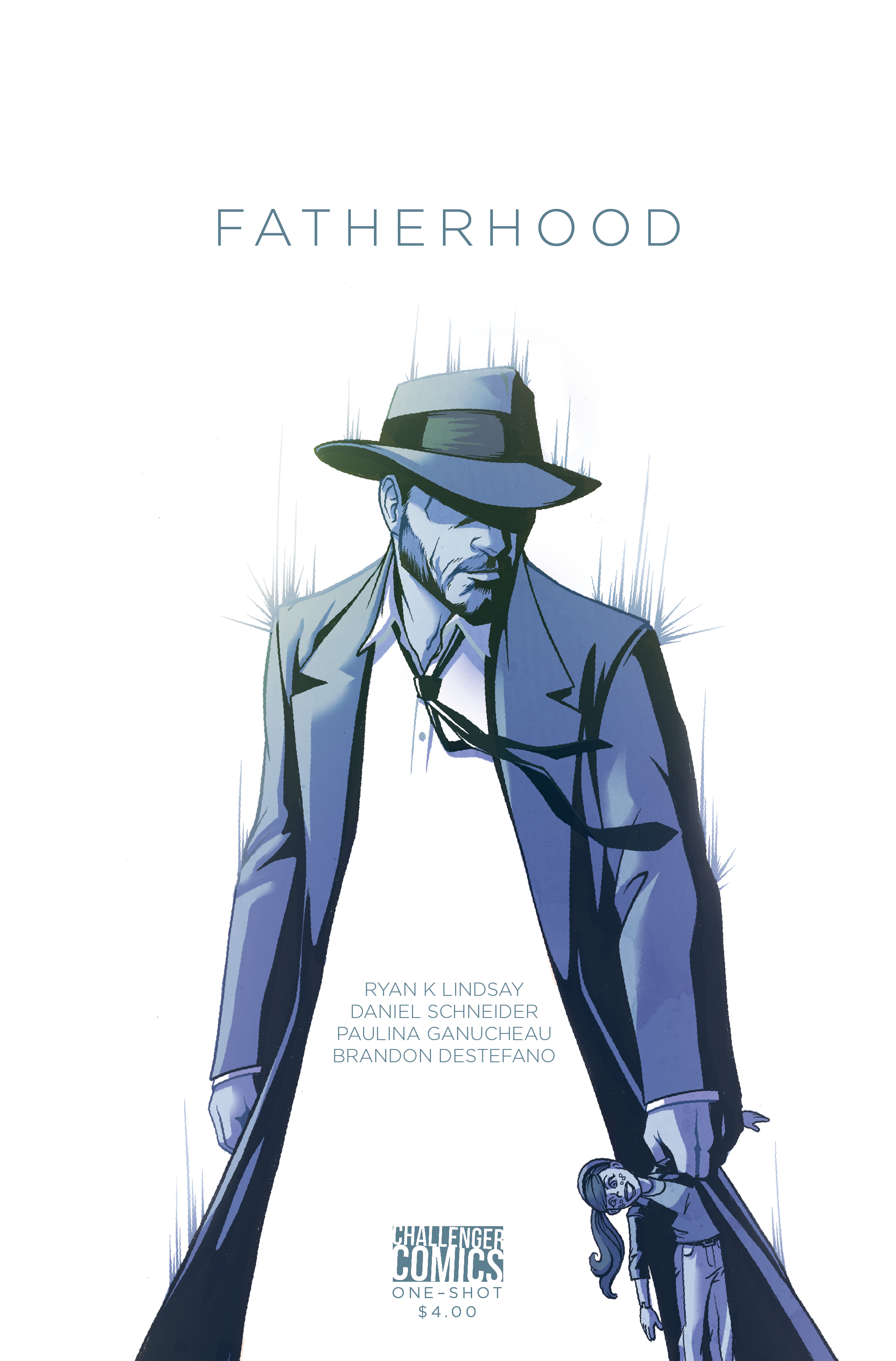
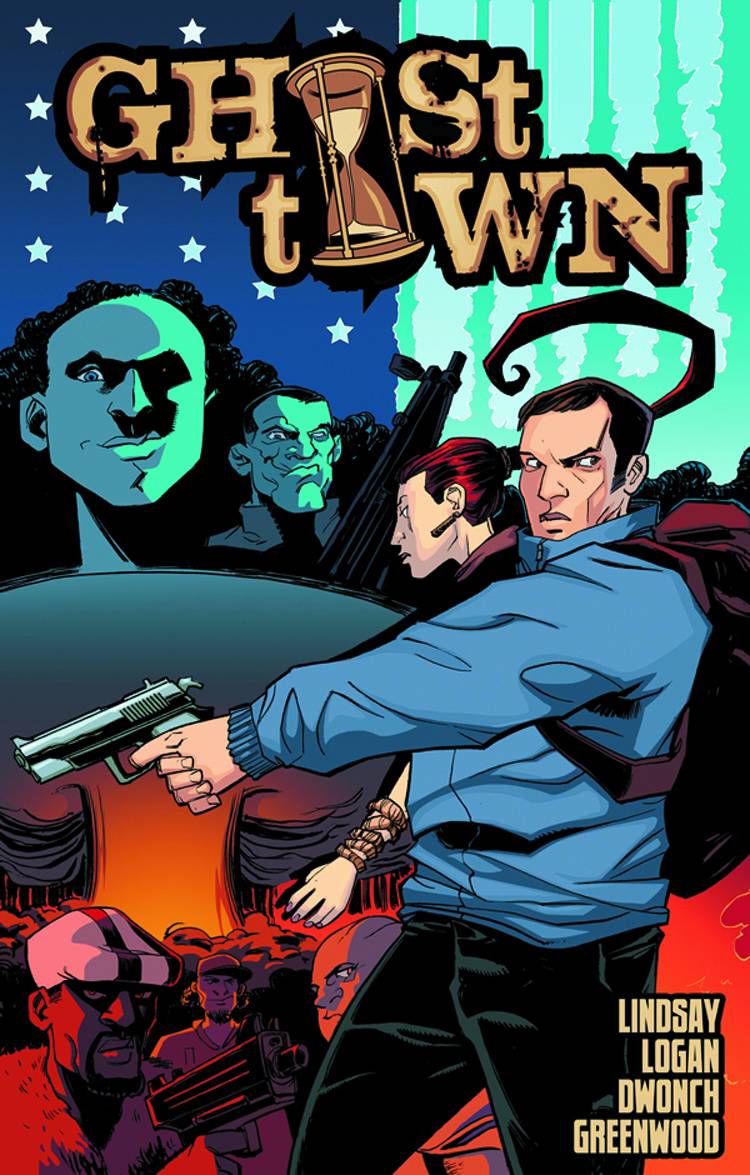
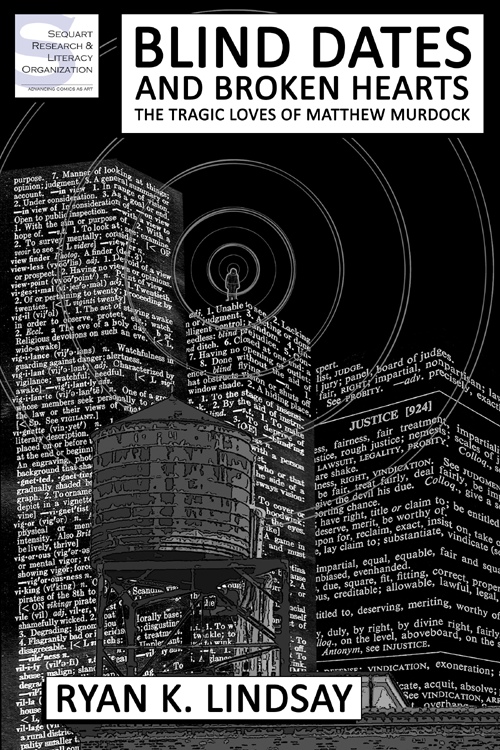
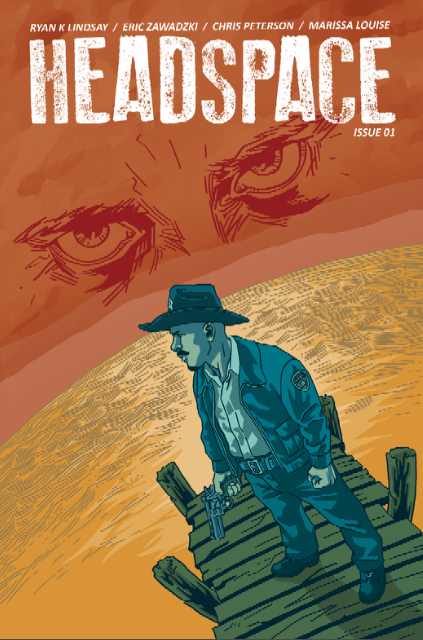
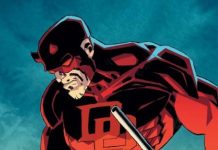





Comments are closed.